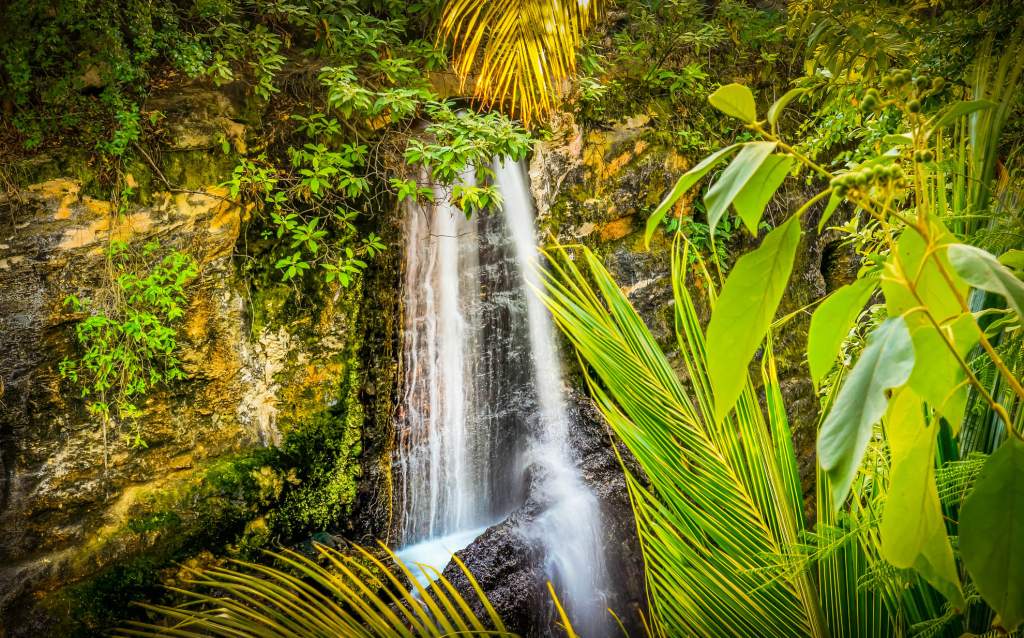Many plants from the rain forest have medicinal value. There are more than 5,000 plants used for medicinal purposes. Shamans, healers and the people who have inhabited the land for centuries use these plants. Modern doctors have begun to learn about the benefits of the medicinal plants of the rain forest.
Uncaria Tomentose
Uncaria tomentose, commonly known as cat’s claw, has anti-inflammatory properties, and according to the University of Maryland Medical Center, cat’s claw is believed to help people who suffer from rheumatoid arthritis. Cat’s claw grows as a vine in the Amazon rain forest, and in South and Central America. The cat’s claw vine received its name because of the claw-like thorns growing on its stem. With these thorns, the plant is able to attach to trees and climb 150 feet. For medicinal purposes, it is the bark and root of this plant that are used.
Quebra Pedra
Quebra pedra, otherwise known as the stone breaker, or chanca piedra, is a small plant that grows about a foot tall. You find this plant in the Amazon rain forest and other tropical areas throughout the world. In Brazil, the plant is a garden weed. The indigenous people living in the Amazon area have used it for centuries. According to Raintree Nutrition, chanca piedra is believed to help the kidneys and gall bladder function and to support the health of the urinary tract. Some other health problems it is used for is to relieve pain, reduce blood sugar and lower blood pressure, cholesterol and fever. The entire plant is used for medicinal purposes.
Myrcia Salicifolia
Myrcia salicifolia, commonly known as pedra hume caa, pedra-ume-caa and insulina vegetal, grows in the drier regions of the Amazon rain forest. It is a medium-sized shrub with small green leaves and orange-red flowers. For medicinal purposes, the leaves are used to make tea. It also sells in capsule form. According to Raintree Nutrition, pedra hume caa is believed to help lower blood sugar, improve diabetes, protect the nerves and increase urination.
Mirabilis Jalapa
Mirabilis jalapa, commonly known as clavillia, grows in South America, Latin America, France and India. The clavillia is a perennial herb that grows from a tuberous root. It grows to a height of 1-1/2 to 3 feet. The clavillia has flowers that open around 4 p.m. According to Raintree Nutrition, Clavillia, is a medicinal plant taken to kill viruses, bacteria, parasites and fungi. It also may act like a laxative and help aid digestion. The leaves, roots and flowers are used as infusions and tinctures or are ground up and put in capsules.
